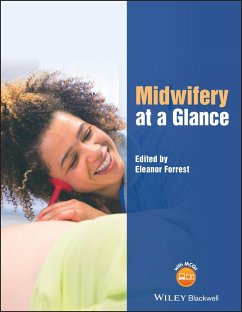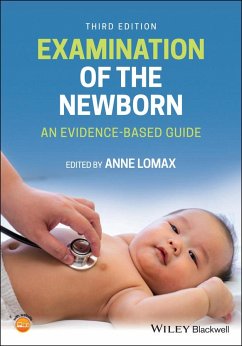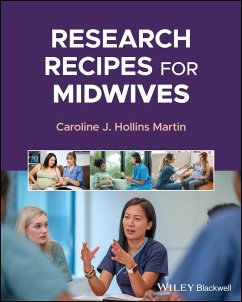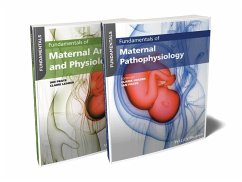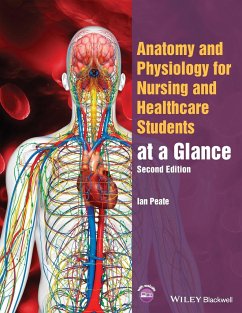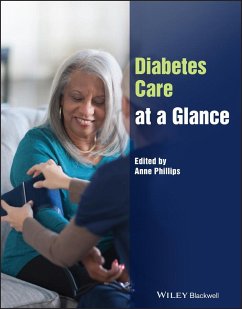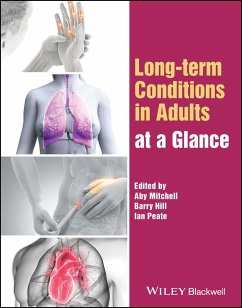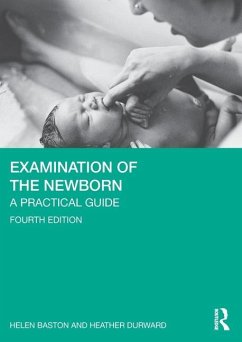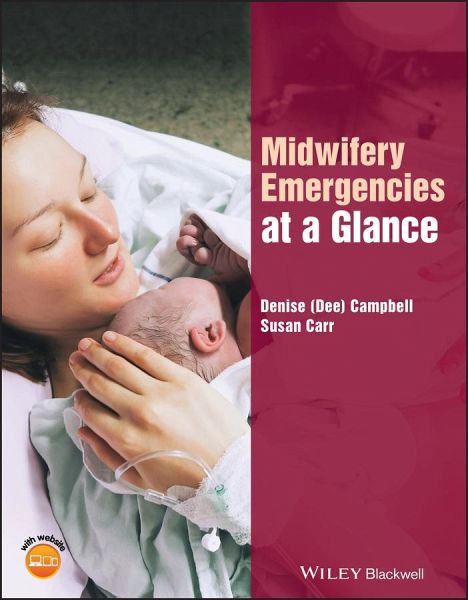
Midwifery Emergencies at a Glance
Versandkostenfrei!
Versandfertig in über 4 Wochen
36,99 €
inkl. MwSt.
Weitere Ausgaben:

PAYBACK Punkte
18 °P sammeln!
Midwifery Emergencies at a Glance is a succinct, illustrated guide covering the practical skills needed to manage obstetric and midwifery emergencies, as well as high-risk midwifery care. It provides clear guidance on the factors which predispose to complications so that preventative management can be employed whenever possible. Broad-ranging yet easy-to-read, Midwifery Emergencies at a Glance details the underlying physiology and pathophysiology related to the emergency and explores both the physical and psychological care of the woman, partner and newborn during and following the emergency.K...
Midwifery Emergencies at a Glance is a succinct, illustrated guide covering the practical skills needed to manage obstetric and midwifery emergencies, as well as high-risk midwifery care. It provides clear guidance on the factors which predispose to complications so that preventative management can be employed whenever possible. Broad-ranging yet easy-to-read, Midwifery Emergencies at a Glance details the underlying physiology and pathophysiology related to the emergency and explores both the physical and psychological care of the woman, partner and newborn during and following the emergency.
Key features:
_ Evidence-based, with guidance from the NMC, RCOG, NICE, and The Resuscitation Council
_ Presented in an innovative, visual style that makes the key concepts easy to understand
_ Provides helpful websites that expand on various topics as well as providing information on support groups for the woman and her family
Midwifery Emergencies at a Glance is anideal guide for practising midwives, pre
Key features:
_ Evidence-based, with guidance from the NMC, RCOG, NICE, and The Resuscitation Council
_ Presented in an innovative, visual style that makes the key concepts easy to understand
_ Provides helpful websites that expand on various topics as well as providing information on support groups for the woman and her family
Midwifery Emergencies at a Glance is anideal guide for practising midwives, pre




